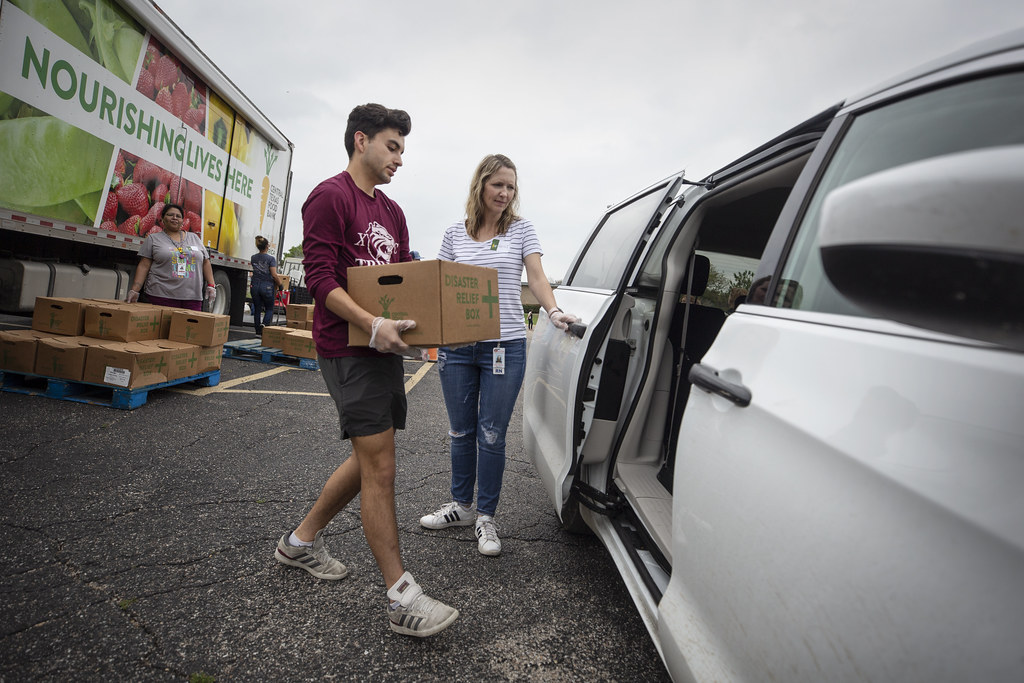It’s the holiday season – a time to be thankful for what we have and help those who have less. Many people donate food to food banks and pantries this time of year. That kind of charity is very important here in Texas, which has the second highest rate of food insecurity in the nation.
Higher food prices, increased housing costs and delays in receiving SNAP benefits are just some of the factors contributing to the high demand food assistance programs are experiencing this year.
To talk more about these challenges, the Standard was joined by Weslea Miller, the executive director of Provisions, a food pantry in Bulverde, Texas. Listen to the interview above or read the transcript below.
This transcript has been edited lightly for clarity:
Texas Standard: Tell us about the difference between a food bank and a food pantry like Provisions.
Weslea Miller: A food bank is generally a much larger organization that operates at a regional level. They are in the business of acquiring large quantities of food and then distributing them in some capacity to the people who need them.
What that looks like for us is that we are a partner agency of the San Antonio Food Bank, which means Provisions gets a lot of our food resources from the food bank. They operate on a couple of different levels. This is probably not the greatest analogy, but I consider them sort of like our Sam’s Club.
So, you’re seeing these folks in need in your community directly. Tell us a little bit about what you’re seeing each day.
At Provisions specifically, our numbers have gone up exponentially in the past year. We are literally serving record numbers of clients on the daily. We are open three days a week every week, and it has just crept up and crept up and crept up.
We’re seeing a little bit of a different demographic, like folks who have never had to go to a pantry before. I don’t foresee that to decline in the near future.
Tell us a little bit more about the folks you’re seeing that you haven’t seen before. What do you think’s going on?
I think there’s so many combined factors. There’s increased costs of living across the board, housing, utilities. The cost of groceries is ridiculous – I will say that as just your average consumer.
The way I look at it is there are folks out there who have what I’ve always called a marginal income, like living paycheck to paycheck. They’re getting by. They’re making their bills. They don’t have a lot of extra income.
So, when those things start creeping up – your rent goes up a little bit, your electricity goes up a little bit, your insurance on your vehicle or your home goes up… all of those things start to add up. You get to a point where you’re one catastrophic illness or accident away from going, “Oh, I can’t afford everything at the same time.” We’re picking up some of that slack.
What are some of the best ways that Texans can help food banks and pantries, not just this holiday season, but all year?
I like to say the best way to help is to give local. If somebody, let’s say, on the outskirts in Bulverde, Texas, has the inclination to donate funding to a food insecurity organization or ministry, keep it local. It’s great to give to the big regional food banks and everybody needs to do that. But also, look right down the street at that little church food pantry or that independent.
We’re an independent, nonprofit food pantry. Look for those people serving your neighbors and really keep it local because that way you know where your money’s going. You know where those food donations are going. They’re serving the people who live right in your community.













